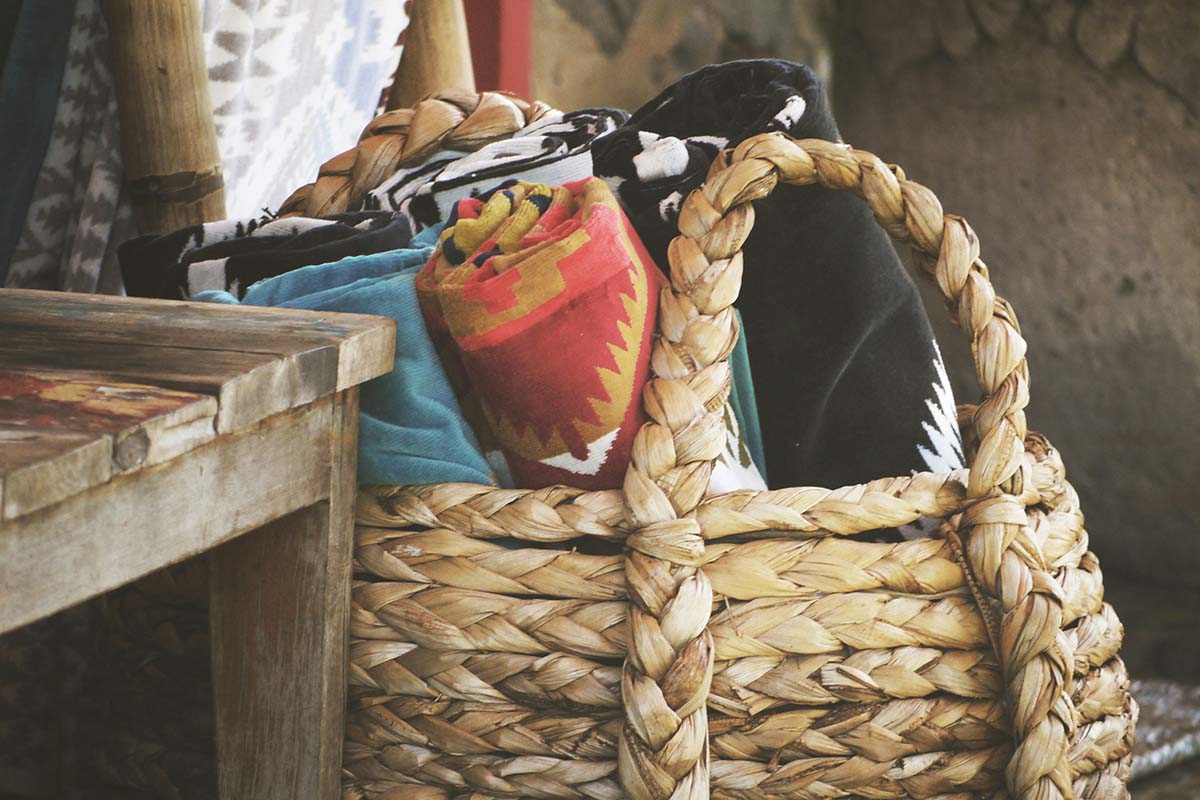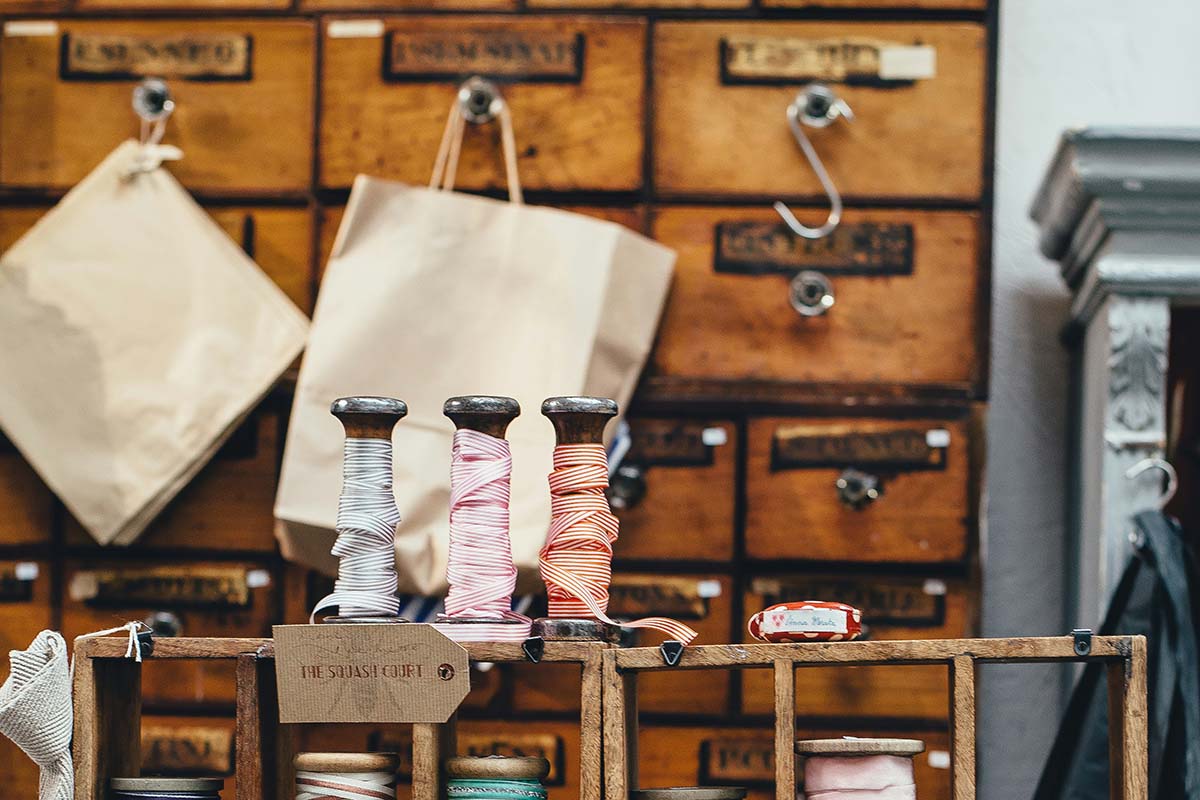10 Essential Tips for Navigating Your Local Fabric Shop Like a Pro
Shopping for fabric can be an exciting and creative activity, allowing individuals to find unique materials for crafting, sewing projects, or fashion design.
Yet, for those unfamiliar with the nuances of these specialized stores, the experience can be overwhelming.
The following tips will help you navigate your way through the arrays of textiles in a fabric shop, ensuring a rewarding and efficient shopping trip.
Understand the Store Layout
Familiarity with the store’s layout is paramount. Most fabric suppliers organize their fabrics by types, such as upholstery, cotton prints, or specialty materials like silks and satins.
Some might also categorize items by use or theme, such as seasonal fabrics or quilting materials.
Taking a few moments to scan the layout or asking an employee for a brief tour can save time and help pinpoint exactly where to find the necessary materials.
Plan Your Visit During Off-Peak Hours
To make the most of your visit, consider shopping during off-peak hours.
Early mornings or weekdays are generally less crowded times, providing more space and freedom to explore the offerings in a shop without the hassle of navigating through big crowds.
This also means more access to cutting tables and quicker service from staff.
Bring Samples and Swatches
For those looking to match or complement existing materials, bringing along samples or swatches is essential.
This allows for direct comparison and ensures that purchases will align with the intended project’s color palette and texture requirements. It also reduces the likelihood of return trips due to mismatches.
Know Your Fabrics
Basic knowledge of different fabric types and their applications can significantly enhance the shopping experience.
Understanding the difference between blends and pure fibers, or why certain fabrics are better suited for specific seasons or clothing types, empowers shoppers to make informed decisions.
If you are looking for fabric to buy online, ensure you know the basic materials and terms.
Ask for Cutting Policies
Before making any selections, inquire about the store’s cutting policies. Some stores may have minimum cut requirements or specific rules about cutting certain types of fabric. Knowing these policies can help in planning purchases more effectively and avoiding any surprises at the checkout.
Use Store Resources
Many stores offer workshops, pattern books, or consultations. Utilizing these resources can provide additional guidance, especially for complex projects or when trying new techniques.
These services can also offer a deeper understanding of how different fabrics behave, which can be invaluable for both novice and experienced sewers.
Check for Quality and Defects
Carefully inspect fabrics for any defects or quality issues before buying. Look out for colorfastness, print alignment, or any signs of damage. Unrolling a few yards from the bolt and checking both sides of the fabric can prevent disappointment and the need for returns.
Consider Sustainability Options
For those interested in environmental impact, exploring eco-friendly fabric options can be beneficial. Many fabric shop online now offer organic or sustainably produced textiles. These choices support environmental efforts and often come with benefits such as reduced chemical exposure and better durability.
Stay Updated on Sales and Promotions
Signing up for newsletters or following the store on social media can keep you informed about various events, promotions, sales, or exclusive offers. This is a great way to plan purchases around discount events, potentially saving a lot of money on large projects.
Set a Budget
Fabric shopping can quickly become expensive, especially when dealing with premium materials or large quantities. Setting a budget before entering the store can help you avoid impulse purchases. It also encourages a more thoughtful selection of fabrics based on the project’s needs rather than aesthetic impulses alone.
By following these guidelines, visitors to a fabric shop can maximize their time and ensure they leave with materials best suited to their projects. With a bit of preparation and knowledge, navigating these treasure troves of textiles becomes not only manageable but also a thoroughly enjoyable part of the creative process.




















